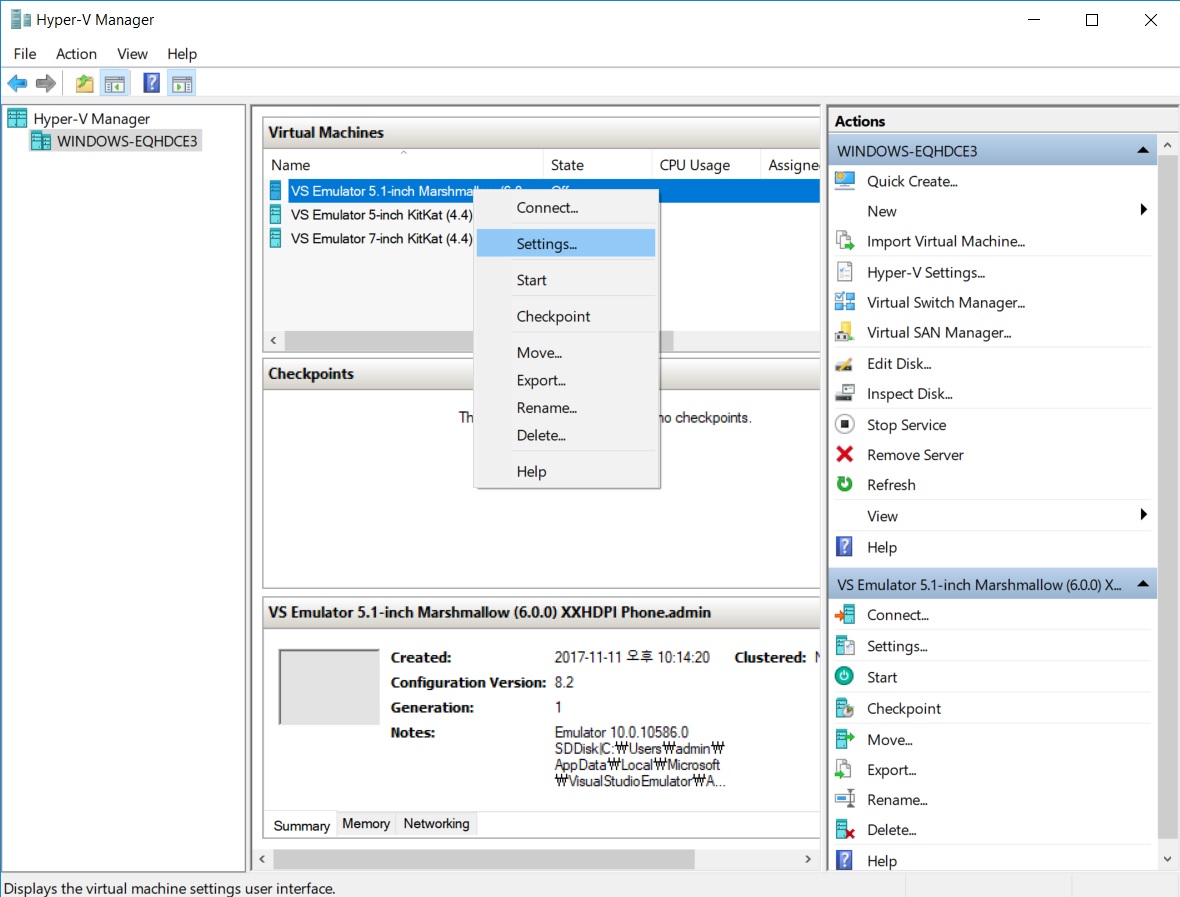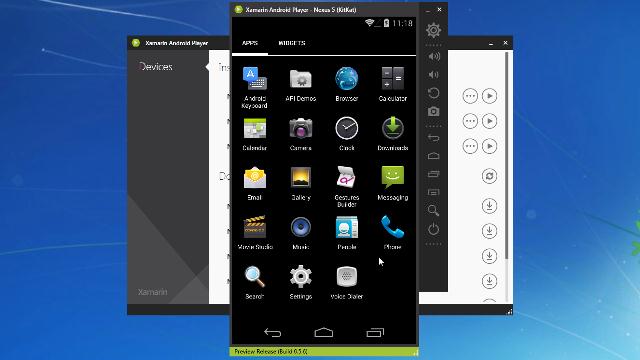

- MAC OS XAMARIN ANDROID EMULATOR INSTALL LOCATION HOW TO
- MAC OS XAMARIN ANDROID EMULATOR INSTALL LOCATION SOFTWARE
- MAC OS XAMARIN ANDROID EMULATOR INSTALL LOCATION CODE
- MAC OS XAMARIN ANDROID EMULATOR INSTALL LOCATION SIMULATOR
Ionic serve command, deployed to an emulator, or on a physical device. Use Google Chrome's DevTools to debug an app when it is running in the browser using the This will open a new window with the Safari Developer Tools - use them to inspect and debug the Ionic app running on your device. In the dropdown menu options, you should see the name of your device and app. Within Safari, select Develop in the toolbar.
MAC OS XAMARIN ANDROID EMULATOR INSTALL LOCATION SIMULATOR
Run the iOS simulator or connect your iOS device to your Mac, then run the Ionic app that you want to debug. Next, open Safari on a Mac then enable Show Develop menu in menu bar under Safari > Preferences > Advanced. Safari can be used to debug an Ionic app on a connected iOS device or iOS simulator.įirst, on the iOS device, enable Web Inspector from Settings > Safari > Advanced.
MAC OS XAMARIN ANDROID EMULATOR INSTALL LOCATION CODE
Rather than deploy a new native binary each time you make a code change, it reloads the browser (or WebView) when changes in the app are detected. This command will start building your app using the installed Gradle compiler shipped with the Android Studio then run the Metro bundler to bundle your app and execute the app on the emulator as shown in the following screenshots.Live Reload is useful for debugging native functionality (such as plugins) on device hardware. Once the integrated terminal is opened, you can start writing the "react-native run-android" command. You can run commands in any external terminal but for the purpose of this post, we are going to use the integrated terminal. Then, click View > Integrated Terminal to be able to run commands in the integrated terminal inside Visual Studio Code. To do so, open Visual Studio Code (or your preferred code editor) then click "Open Folder" and open the root directory of your React Native app (not the Android directory). The last and final step is to run your React Native app in the opened Android emulator. Step 3: Run your React Native app with "react-native run-android" command If you have successfully opened your Android device emulator as shown in the screenshot above then it's time to move to the next step.

To do so, open Android Studio, then click "Open an existing Android Studio Project" as shown in the screenshot below: The first step is building the app on Android Studio. Step 1: Build the react native app on Android Studio
MAC OS XAMARIN ANDROID EMULATOR INSTALL LOCATION SOFTWARE
Once you have all the above software and tools installed and ready, please follow the following steps in the same order. You have Visual Studio Code editor installed (or any other code editor).You have any Android emulator installed and running on your machine through Android Studio AVD Manager.If not, then you can download and install it here. You have Android Studio installed on your mac.You have a good understanding to mobile development and react native.Before you continue reading this post please make sure that:
MAC OS XAMARIN ANDROID EMULATOR INSTALL LOCATION HOW TO
This post will explain how to run the "react-native run-android" command on mac in a very few easy steps.

You can go directly to each step using the following links: In this post, we'll go through the easiest steps to run the React Native Android apps on mac.


 0 kommentar(er)
0 kommentar(er)
